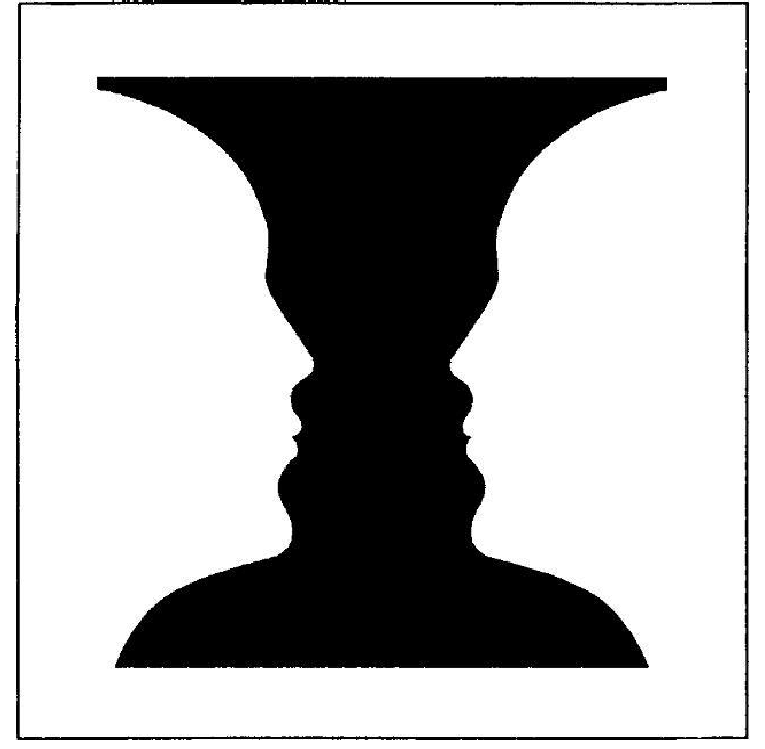Have you ever looked at a drawing or logo and felt like something just clicked even if you couldn’t explain why? That invisible “something” might just be a negative space at work.
While it may sound abstract, negative space is actually one of the most powerful tools in visual storytelling. Once you learn how to spot it and use it even through simple how to draw tutorials or beginner-friendly exercises, your art and design work can become cleaner, more impactful, and even more creative.
Let’s dive into what negative space really is, why it matters, and how you can start using it in your own drawings and designs.
What Is Negative Space?
In the simplest terms, negative space is the space around and between the subject of your artwork. It’s everything that isn’t the main focus but still helps shape the overall image.
Think of it like this:
Positive space = the object or subject you’re drawing (like a tree, person, or logo)
Negative space = the background or the areas between shapes that define and enhance the subject
It shows up everywhere:
In drawings, it might be the blank paper around a figure
In photography, it’s the sky that makes the mountain stand out
In logos, it can be a clever cut-out that creates a hidden image
Understanding negative space can change the way you see the world and the way you create.
Why Negative Space Matters in Art and Design
Negative space isn’t just empty it serves a purpose. Here’s why it’s essential:
Improves composition and balance: It keeps your design from feeling crowded or chaotic.
Draws attention to the subject: The space around something helps highlight what’s important.
Creates breathing room: It makes visuals easier to absorb and more aesthetically pleasing.
Helps communicate messages subtly: Smart use of space can reveal hidden meanings or shapes.
In short, negative space is what makes good design feel right even if we don’t always notice it directly.
Negative Space vs. Empty Space: What’s the Difference?
You might hear “negative space” and “empty space” used interchangeably but they’re not exactly the same.
Empty space is just... empty. It might not serve a purpose.
Negative space is intentional. It’s empty with meaning.
Negative space helps define the subject or guide the viewer’s eye. It’s not just what’s left over it’s a key part of the composition.
Famous Examples of Negative Space
Once you learn to spot it, you’ll see negative space everywhere especially in logos and illustrations. Here are some iconic examples:

FedEx logo: Look closely, and you’ll see a hidden arrow between the “E” and the “x” symbolizing speed and movement.

WWF panda logo: The black-and-white shapes use negative space to form a recognizable panda.

Rubin’s vase: An optical illusion where the negative space creates two faces or a vase, depending on your focus.
The Apple logo: The bite taken out of the apple is a classic use of negative space to create a simple, memorable shape.
M.C. Escher’s artworks: His mind-bending pieces use negative and positive space to play with perception and perspective.
How to Use Negative Space in Your Own Art
You don’t need to be a professional designer to work with negative space. Here’s how to get started:
1. Outline the space, not the object
Instead of drawing the subject, try sketching the area around it. This trains your brain to think in reverse and see shapes more clearly.
2. Try cut-out exercises
Use black and white paper to create shapes where the negative space reveals your subject. Great for paper crafts or stenciling!
3. Flip your focus
Pick a simple object like a cup or hand and draw only the shadows or surrounding areas not the object itself.
4. Do quick visual drills
Look at magazine photos and mentally isolate the background shapes. What forms do you see?
These exercises strengthen your observation skills and deepen your understanding of form and contrast.
Negative Space in Digital Design
In the digital world, negative space goes by another name: white space. And it’s just as important.
Web & UX Design:
Helps make content readable
Guides the user’s eye
Improves navigation and usability
Logo Design:
Lets you convey more with less
Creates clever, memorable branding
Gives the eye a place to rest
Mobile Interfaces:
Essential for clean, user-friendly layouts
Prevents clutter in small screen designs
Good digital design isn’t about cramming in everything. It’s about knowing what to leave out and how to use space wisely.
Common Mistakes to Avoid
Even seasoned artists and designers fall into traps when it comes to negative space. Watch out for these common issues:
❌ Overcrowding your layout: Cramming too much into a composition weakens the impact.
❌ Ignoring the “in-between”: The spaces between objects are just as important as the objects themselves.
❌ Focusing only on the subject: If you only see what you’re drawing, you might miss how it fits into the bigger picture.
Balance is key. The most powerful art and design work is often the simplest.
Practice Prompts: Get Better at Seeing the Invisible
Want to sharpen your negative space skills? Try these creative challenges:
1. Create a paper cut-out design where the image only becomes visible through what’s missing.
2. Draw two objects that share one outline like a wine glass and faces.
3. Sketch an animal by drawing only its silhouette and surrounding shape.
4. Design a logo using negative space to form a hidden letter or symbol.
5. Take a photo and trace all the non-subject areas to define its structure.
The more you practice, the more naturally you’ll begin to “see” negative space in everyday life.
Helpful Tools and Apps
Looking for ways to play with negative space digitally? Here are some tools to explore:
Procreate (iPad): Use layers to isolate shapes and create inverse drawings
Adobe Fresco: Great for clean vector-based compositions
Canva: Ideal for experimenting with layout and spacing
Photography apps with cropping guides: Help frame negative space in your shots
Inspiration can also be found on Pinterest, Behance, or Dribbble search for terms like “negative space art” or “minimalist logo design.”
Embrace the Space Between
Negative space is more than just blank areas; it's a crucial design element that brings clarity, balance, and meaning to your work.
When you begin to pay attention to the space around things, not just the things themselves you’ll gain a whole new way of seeing and creating. Whether you're sketching, painting, photographing, or designing digitally, negative space is your silent partner in visual storytelling.
So next time you start a drawing, don’t just focus on what to add, think about what you can leave out.
Quick Answers About Negative Space
What is negative space in simple terms?
It’s the space around or between objects in an image. It helps define and highlight the subject.
Is negative space only used in logos and design?
No! It’s used in drawing, painting, photography, sculpture, and even architecture.
Can beginners learn to use negative space?
Yes. With simple observation and practice exercises, anyone can learn to work with it.
Is white space the same as negative space?
White space is a type of negative space, especially in digital and print design.
How do I practice drawing with negative space?
Try sketching only the background or shadows around an object. Focus on shape, not detail.



